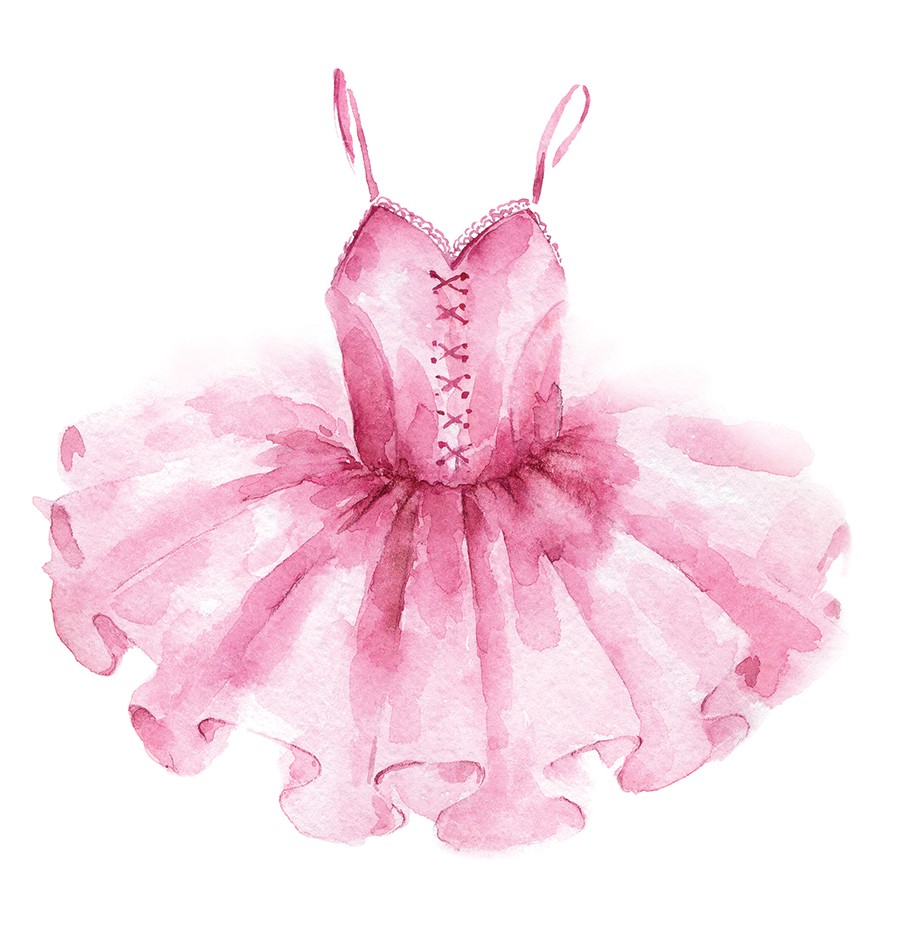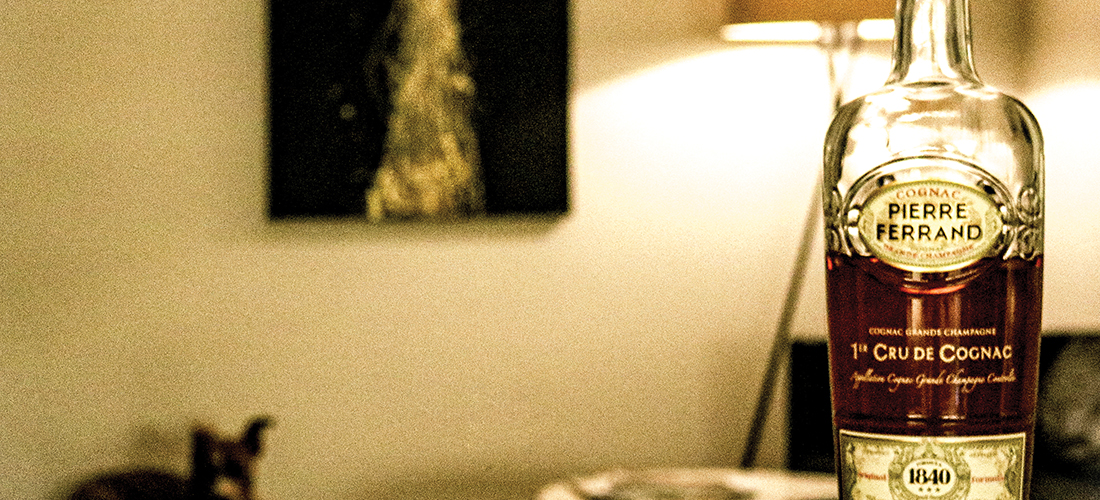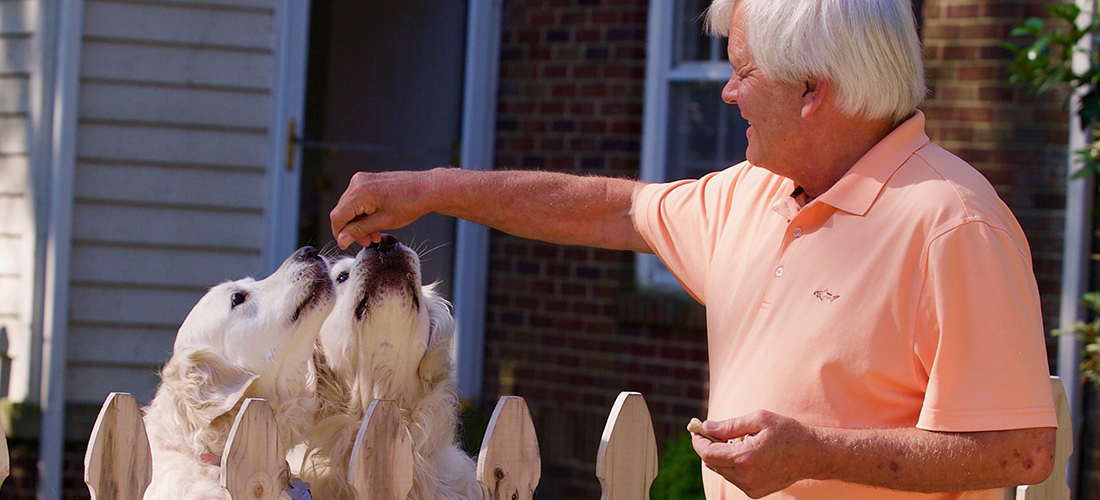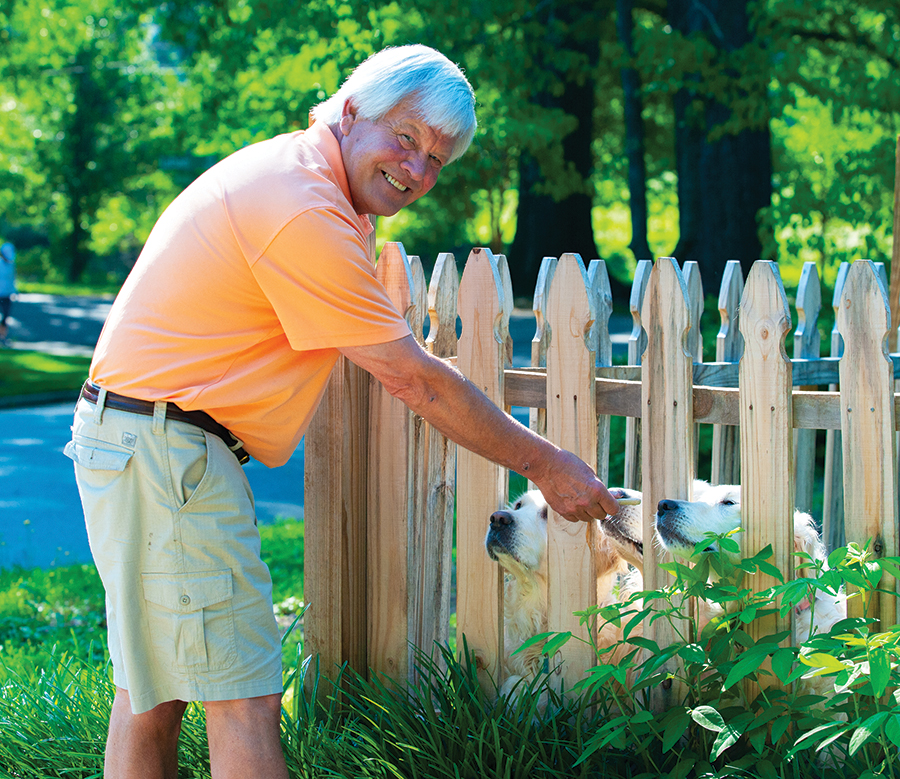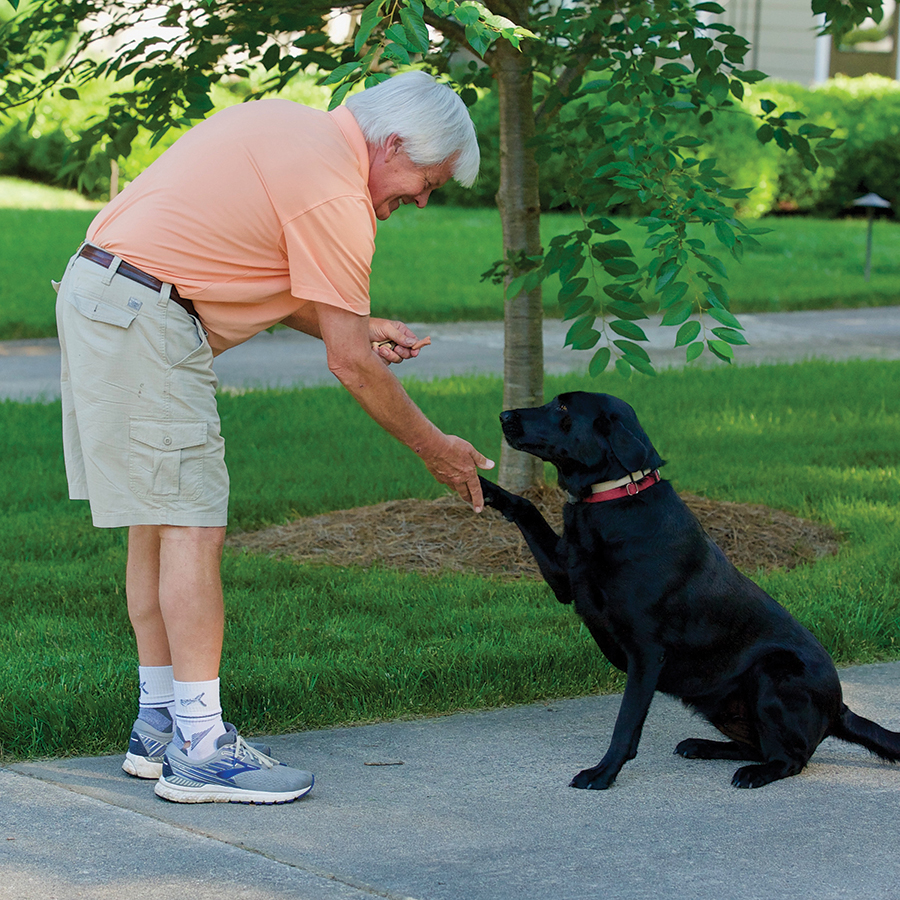Simple Life
An Ode to Nature’s Air Conditioning
By Jim Dodson
Some years ago, we moved into a historic house loaded with charm and only one thing missing – air conditioning.
To be fair, the old place actually came with an antiquated air conditioning system that shorted out the first hot night I attempted to switch it on.
A “climate control” technician arrived the next day to replace a malfunctioning compressor motor and several parts in the outside unit, then climbed up into the cobwebbed attic to have a look at the indoor compressor whose job it was to convey chilled air through second floor ceiling vents, in theory cooling the place from top to bottom.
The elegant old house was a dowager from America’s Gilded Age whose elderly owners in Pennsylvania hoped my wife and I might take off their hands and restore.
“Wow,” the tech said as we stood together in the dim, hot, cloistered air beneath the rafters, “this system is older than I am.”
He dated it from 1969, the year of Woodstock and the moon walk, then glanced around the dusty attic and pointed to a disassembled attic fan leaning against a wall near the peak vent. “I’ll bet that thing sucked a ton of hot air straight out of this place back in the old days. Those guys knew what they were doing when they built this house. That was nature’s air conditioning.”
“I wouldn’t mind having those old days back – or at least that attic fan,” I said, explaining how I’d grown up before air conditioning was commonplace and my family relied upon an attic fan to draw fresh air from the yard and adjacent woods into the house all night long, cooling things down and soothing fevered dreams.
“Bet it was nice, huh?” he said. “I’ve never slept in anything but air conditioning.”
“It’s nice to have,” I agreed. “But sometimes I feel like I’m sleeping in a beer cooler.”
He laughed. “I’ll bet you won’t say that come July and August.”
Following his repairs and check-over, he cranked up the jerry-rigged system, producing a few faint cool breaths of air from the upstairs ceiling vents. “I’m afraid 77 degrees is about the coolest it will ever get,” he reported a bit sheepishly, taking a final reading. “And it may be lucky to break eighty when August gets here.”
I thanked him for his efforts, switched off the system, and promptly drove to Lowe’s to purchase a couple large pedestal fans.
If it’s true what poets and child psychologists say – namely that our world views are shaped by the first ten years of life – then perhaps I’m simply a product of a distant, slower and un-air-conditioned world.
The first air conditioned building I can recall was a Piggly Wiggly grocery store in the small South Carolina town where we lived for one year after my father lost his newspaper in Mississippi. That was the summer of 1959. I was six.
By the store’s entrance a cute penguin on the window who looked like Chilly Willy of cartoon fame invited patrons to “Come inside where it’s cooooooool! Enjoy our lovely air conditioning! It’s free!”
This clearly made a big impression. For the first thing I did in the store when my mother disappeared around the end of the aisle was unhook my sandals and walk barefoot over the cool tiled floor.
I wound up in the baking aisle where I cleverly fashioned several large sacks of Martha White Self-Rising Flour into a place where I could sit and enjoy the the air conditioning and the cool tile floor. My brother and I had done this before, calling them “king seats.”
There I sat, pondering life and soaking up the refrigerated coolness when my mother wheeled around the corner with her cart and came to a stop.
She was clearly not pleased.
“What do you think you are doing?” she said.
I replied that I’d made myself a king seat and was enjoying the air-conditioning. I even quoted Chilly Willy.
“It’s free!”
She demanded to know where I’d left my sandals.
I couldn’t tell her.
“In that case, your highness, I think you should get your royal hiney off other people’s flour and go find those sandals and put them on as fast as you can.”
To this day, I can’t pass stacks of flour in the store without remembering my first encounter with air-conditioning. Marcel Proust, methinks, would understand completely.
Most Southerners of my generation experienced their first air-conditioning at a movie house or public building around 1960, but according to the comprehensive Encyclopedia of Southern Culture, air conditioning first appeared in the South at a cotton mill in Belmont, North Carolina, in 1906. By 1920, the device was being used to cool fabric mills, tobacco stemming rooms, and bakeries across the South.
Use in department stores, cafes, libraries and private homes, however, didn’t broadly develop until after World War II, at which point “air conditioning became an immutable part of Southern life,” according to the bible of Southern culture. “In varying degrees,” the authors note, “virtually all southerners have been affected, directly or indirectly, by the technology of climate control. Air conditioning has influenced everything from architecture to sleeping habits and has contributed to the erosion of several traditions, most notably cultural isolation, agrarianism, romanticism, poverty, neighborliness, a strong sense of place, and a relatively slow pace of life.”
Mississippi writer Eudora Welty was once asked by a northern journalist why the South produced so many excellent writers. “Porches,” she gave a famous one-word reply. In an age before mechanical air conditioning, she explained, porches were where Southerners gathered to cool off and spin tales after a long hot summer day.
My own view, shaped by a childhood cooled by a lazily turning fan blade of some sort, is that there’s no finer sleep to be found than by an open window with a fan pulling the smell of the outdoors into your bedroom – the mingling scents of newly mown grass and August honeysuckle in bloom or simply the cool musk of the nearby woods.
Sleeping by an open window permits a body to feel connected to the natural world rather than sealed inside a climate-controlled box. Some of my happiest summer nights were spent lying in my bed listening to approaching thunderstorms and feeling the rising wind of the approaching storm through a gently rippling screen.
The year I went off to college in 1971 with a suitcase and portable fan in hand, my parents installed central air conditioning in their home, rendering obsolete the attic fan that cooled the nighttime house during my teenage years.
My old bedroom was never quite the same, save for those nights when I shut my bedroom door, closed the air conditioning vents, and cranked open the windows to feel nature’s air conditioning. It was about that time I noticed that fewer and fewer people, including my parents, sat on the porch to catch the evening breeze and talk.
“The unnecessary refrigeration of America has become a chronic disease,” political pundit Joe Klein, obviously a kindred spirit, wrote in Time Magazine a few summers ago, noting how as summers grow warmer many Americans have simply grown accustomed to keeping their houses cooler in summer than in winter, using up more British Thermal Units annually than the total energy consumption of all but 21 countries.
Quoting an energy expert who claims Americans could save four percent in energy costs for every degree warmer they set their central air thermostats, Klein proposed that we all set our air conditioning units at 75-degrees – “a comfortable, if slightly chilly number to my mind” – and thereby do the right thing to preserve energy and stay cool on the hottest summer day.
Several years ago when my wife and I were house hunting in Greensboro, every house we checked out came with state-of-the-art central air conditioning.
One, however, also had an attic fan the size of an airplane engine.
“Does that fan still work?” I asked the sales agent with excitement.
“I believe it does,” she answered.
I turned it on and grinned like a kid on a king seat. It works magnificently.
We purchased the house a few days later. I won’t tell you the attic fan was the primary reason. But it certainly was a cool factor in our decision.
Given the growing intensity of Carolina summers, to be honest, I’m often grateful to have an air conditioned house to return to at the end of a long, hot day.
But let the evening temperatures dip below 70 degrees and I become a different creature, flinging open windows like a kid who’s ditched his sandals, cranking up the attic fan to bring nature’s glorious air conditioning into the house.
Some things never change, I suppose.
Besides, it’s still free.
This Simple Life originally appeared in O.Henry in August 2013.

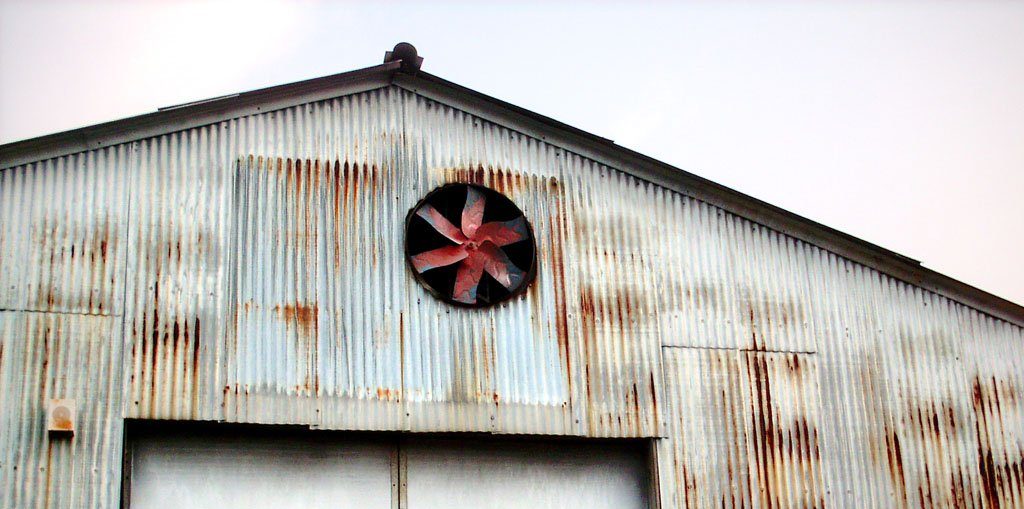

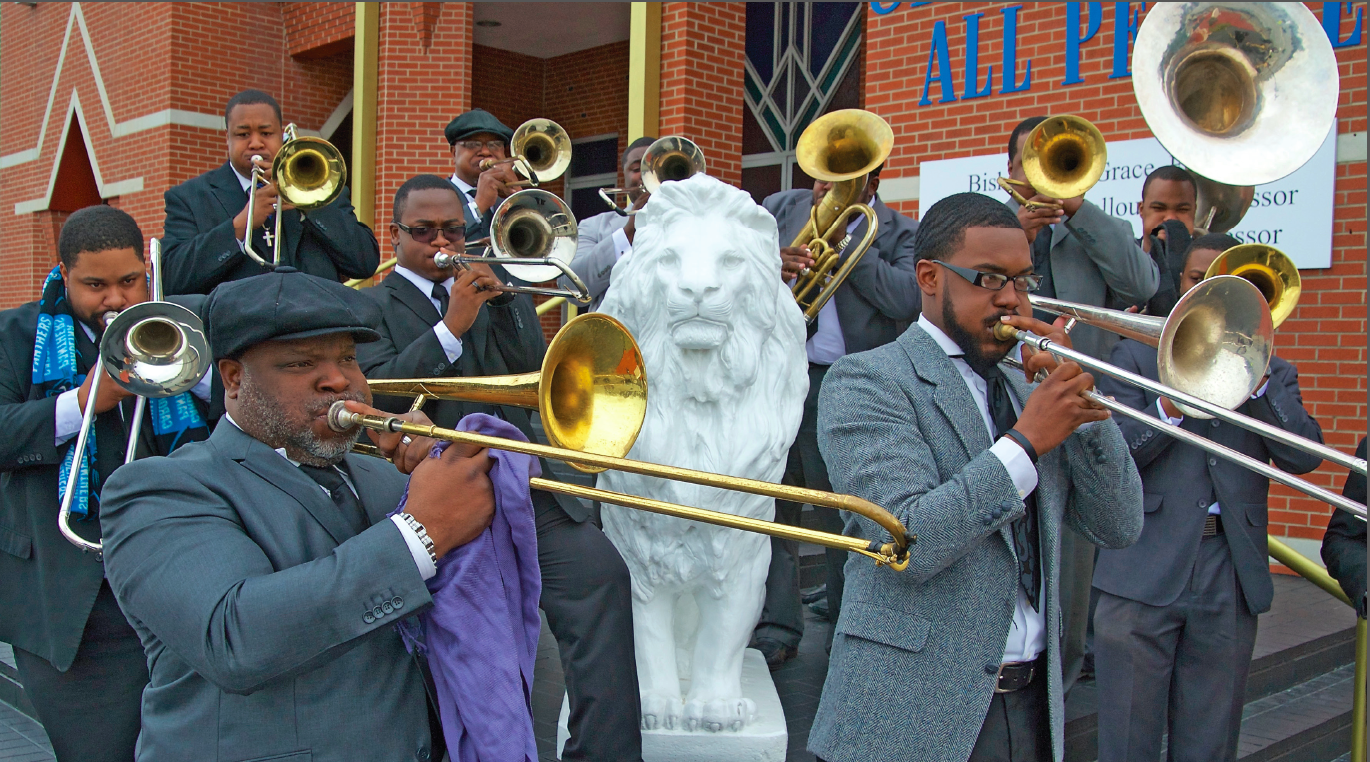
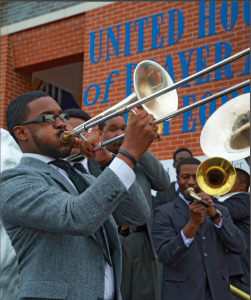
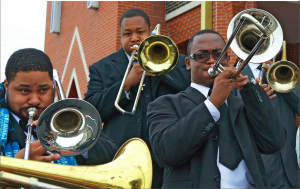 The New York–based shout band also played the White House, The Smithsonian and Kennedy Center. His dad’s shout band played Carnegie Hall.
The New York–based shout band also played the White House, The Smithsonian and Kennedy Center. His dad’s shout band played Carnegie Hall.





